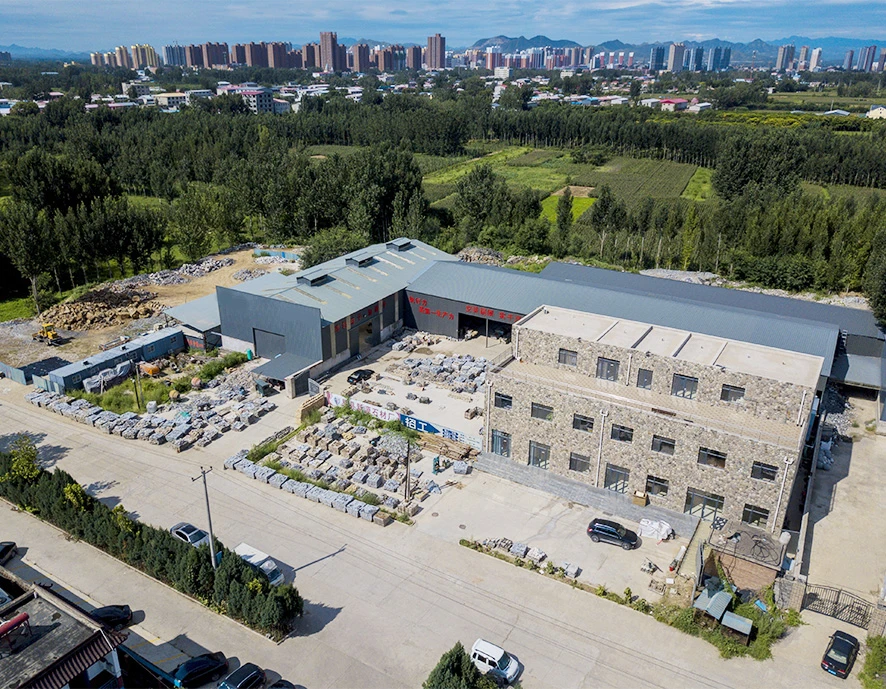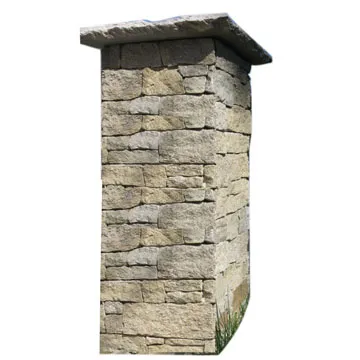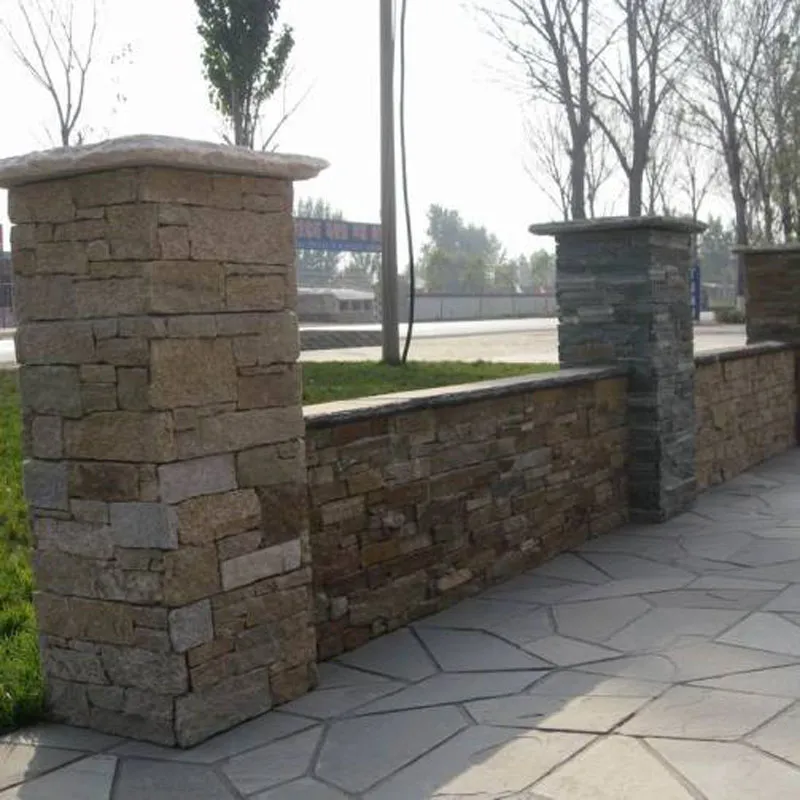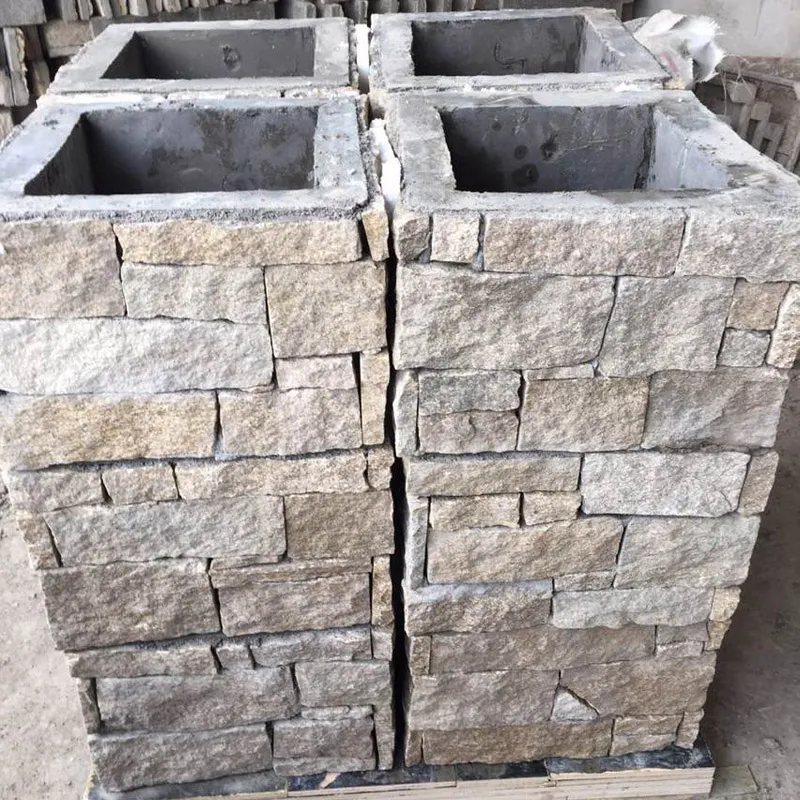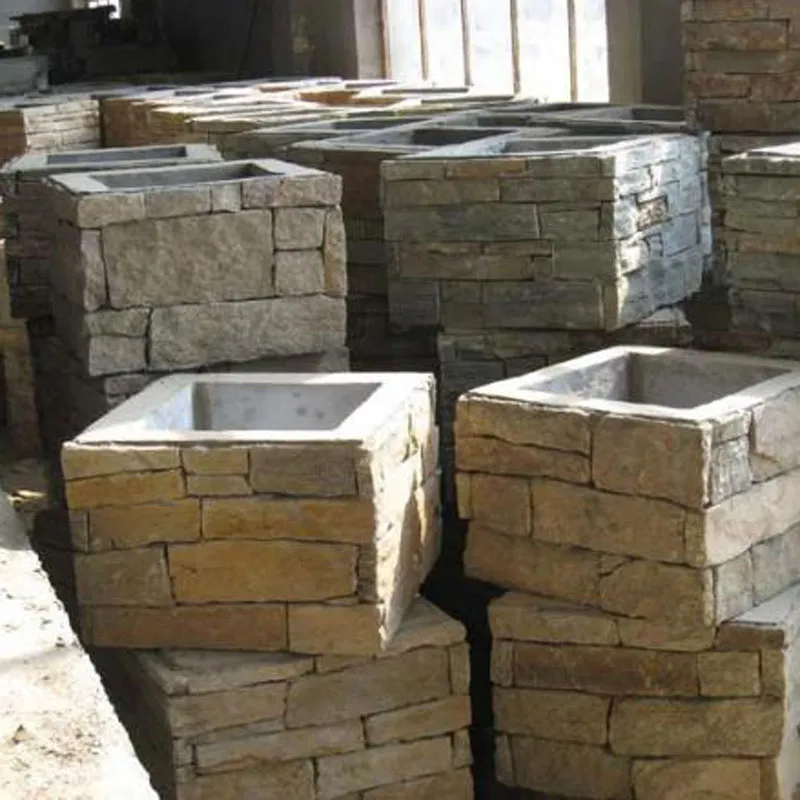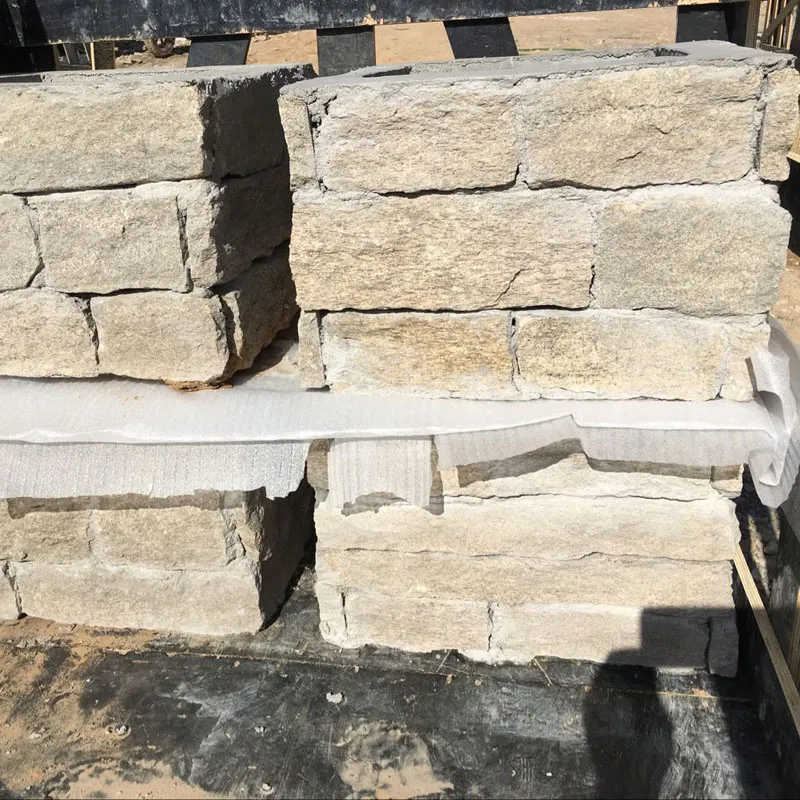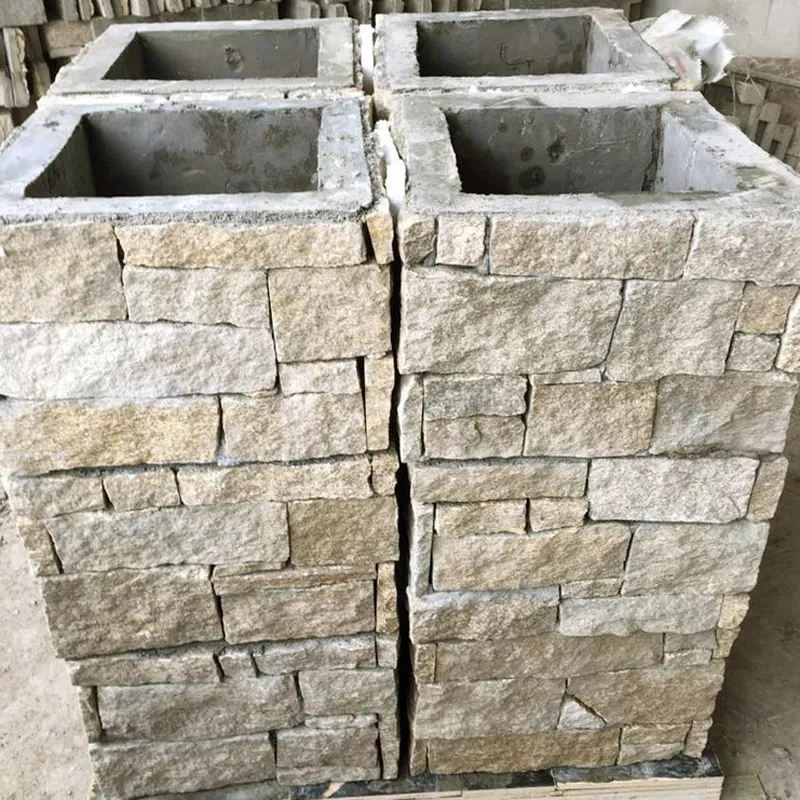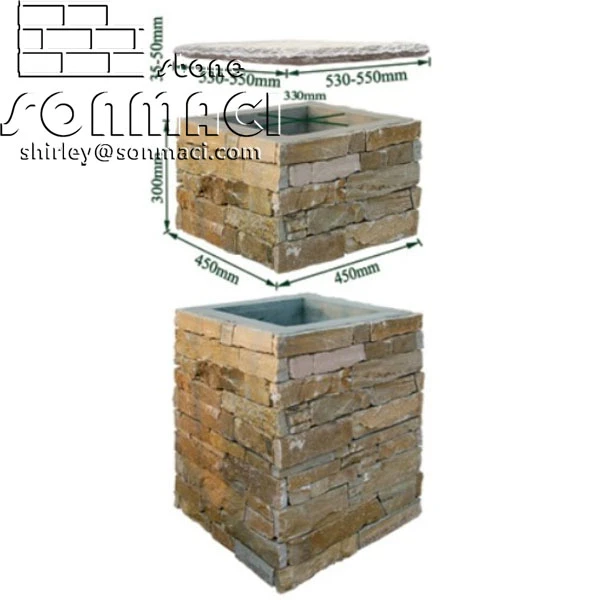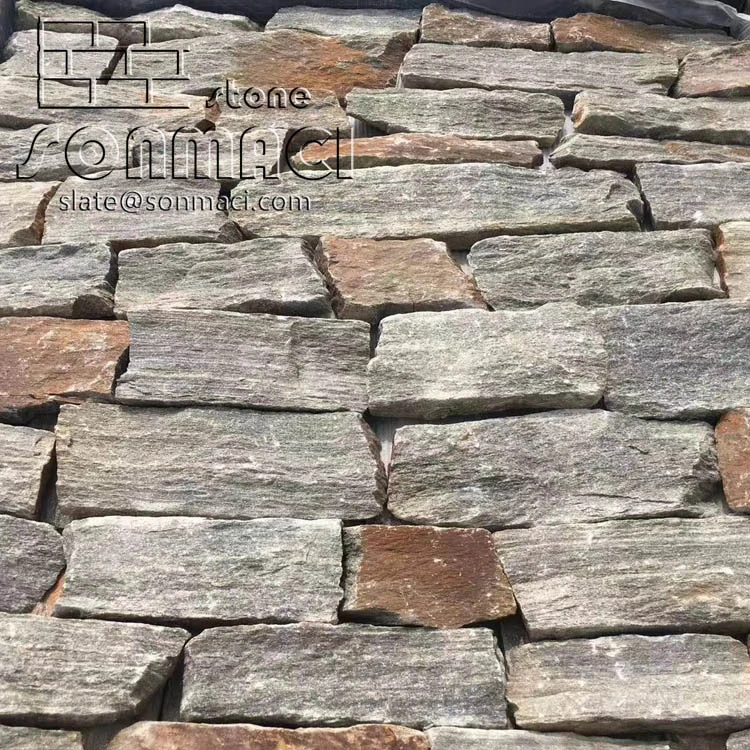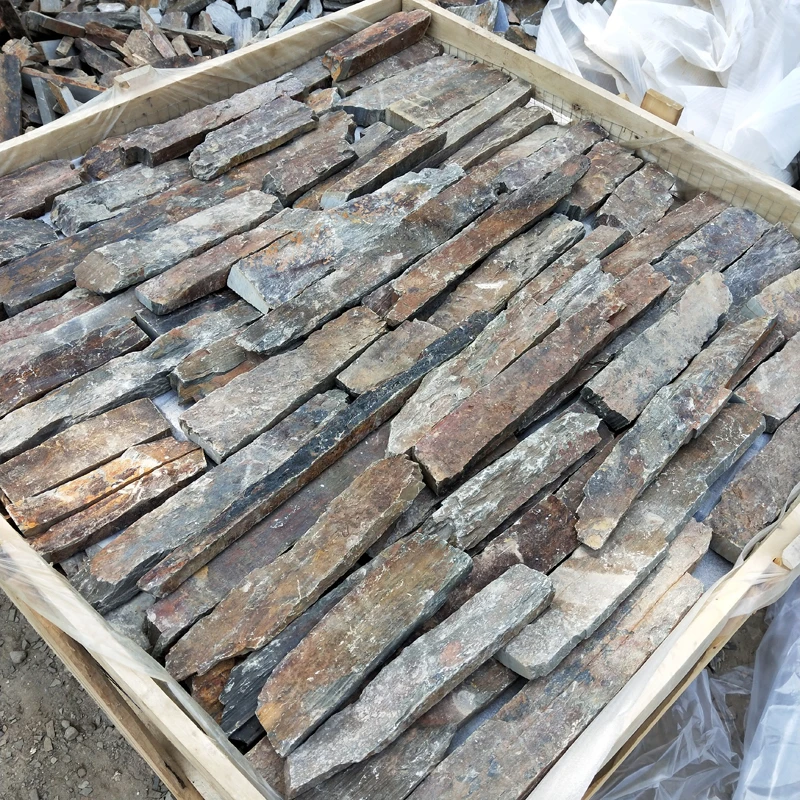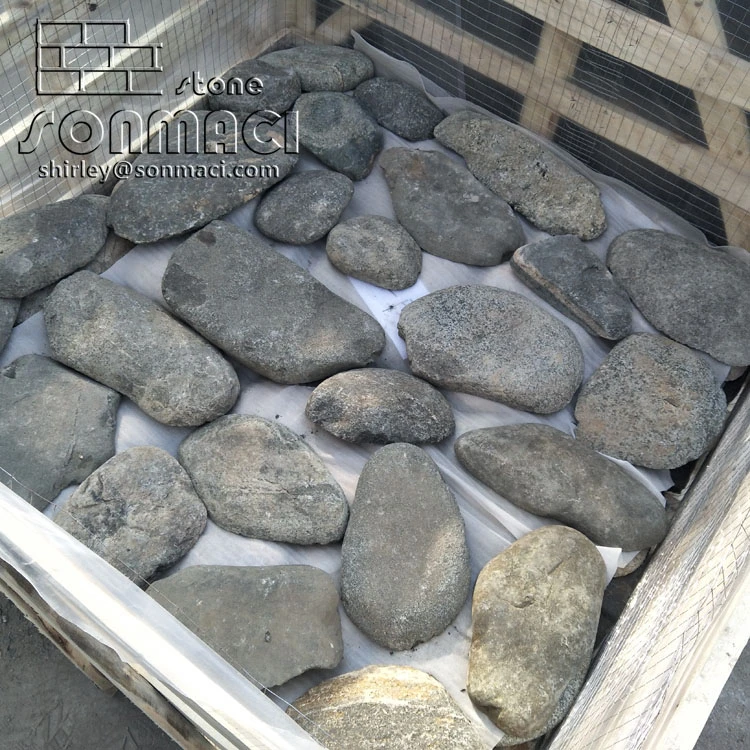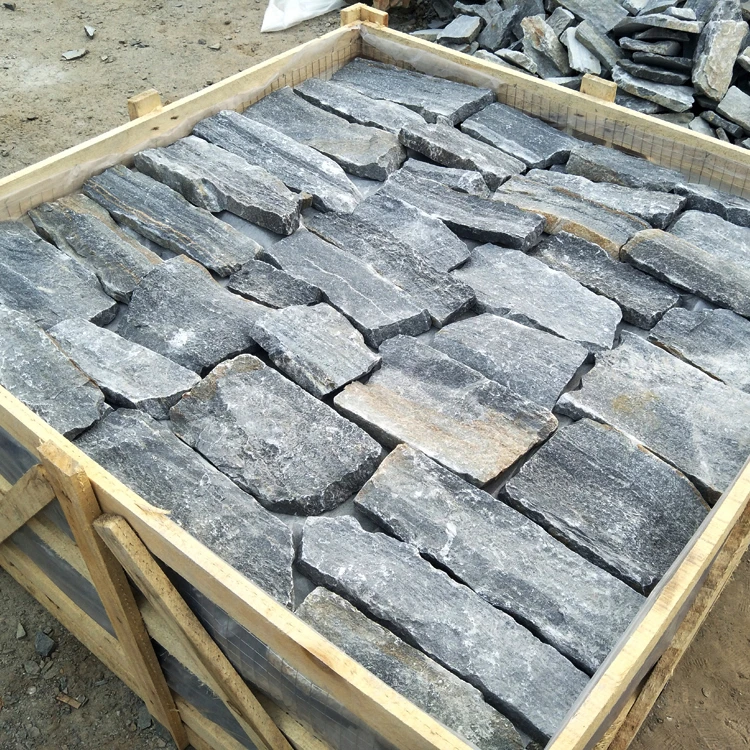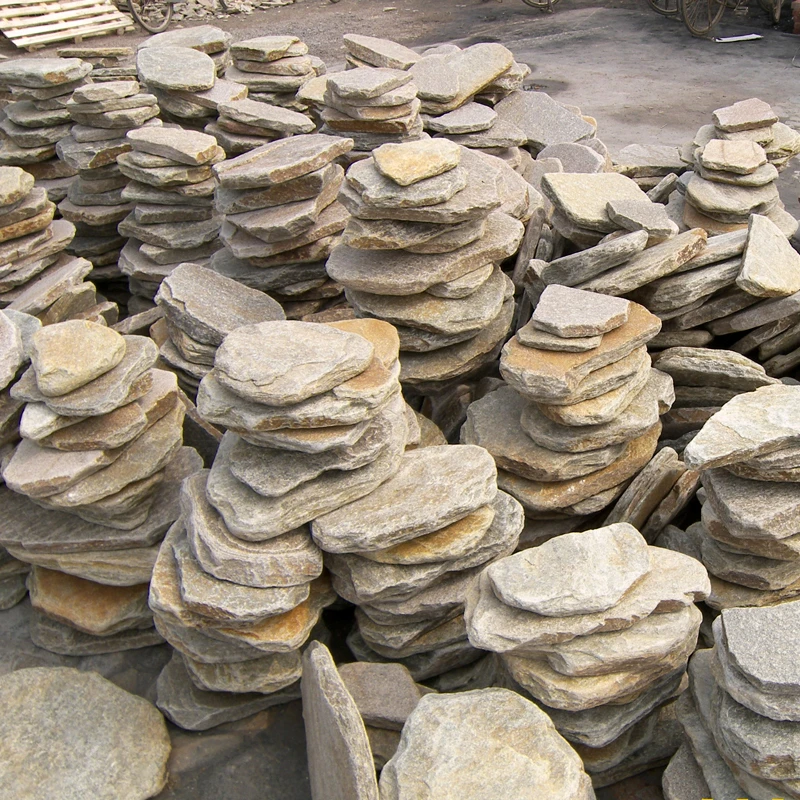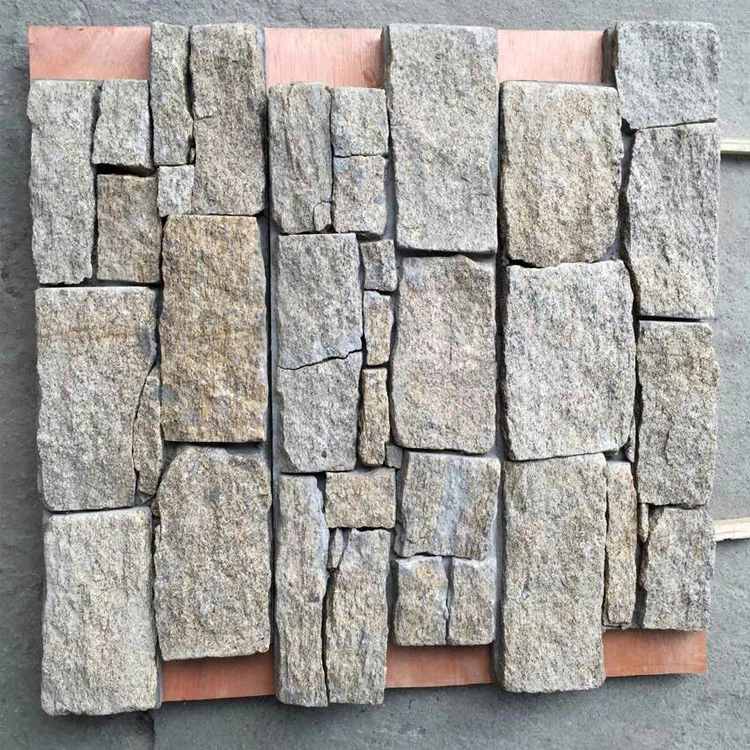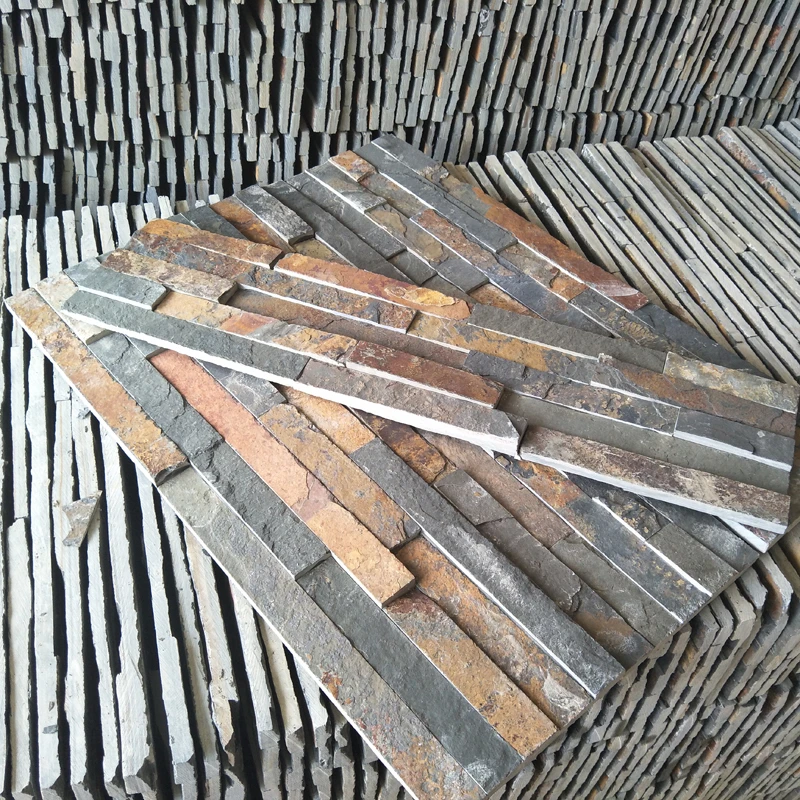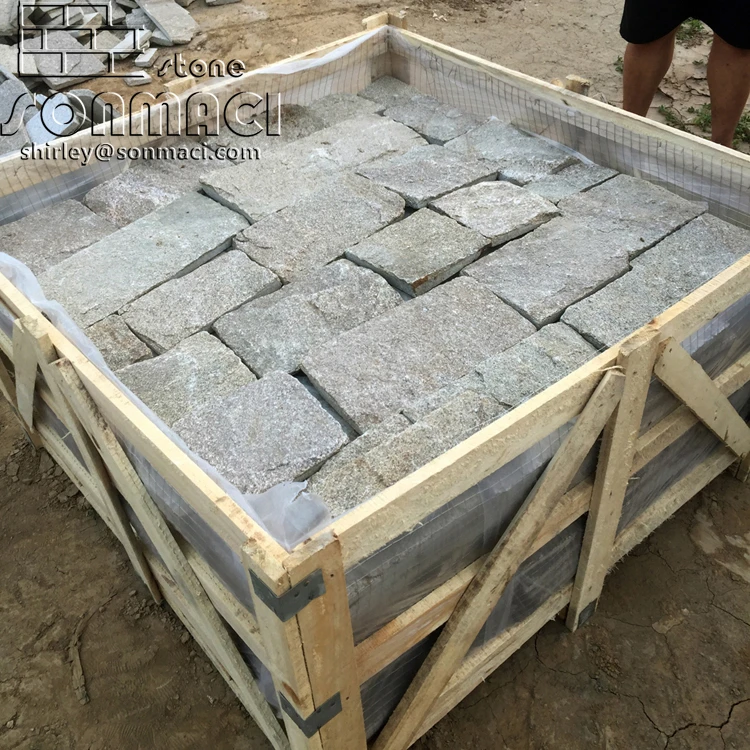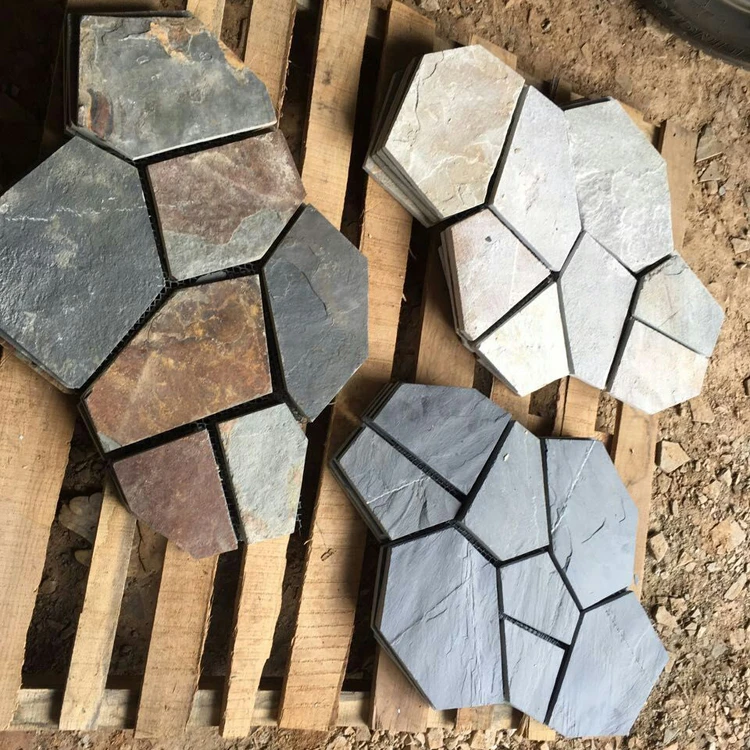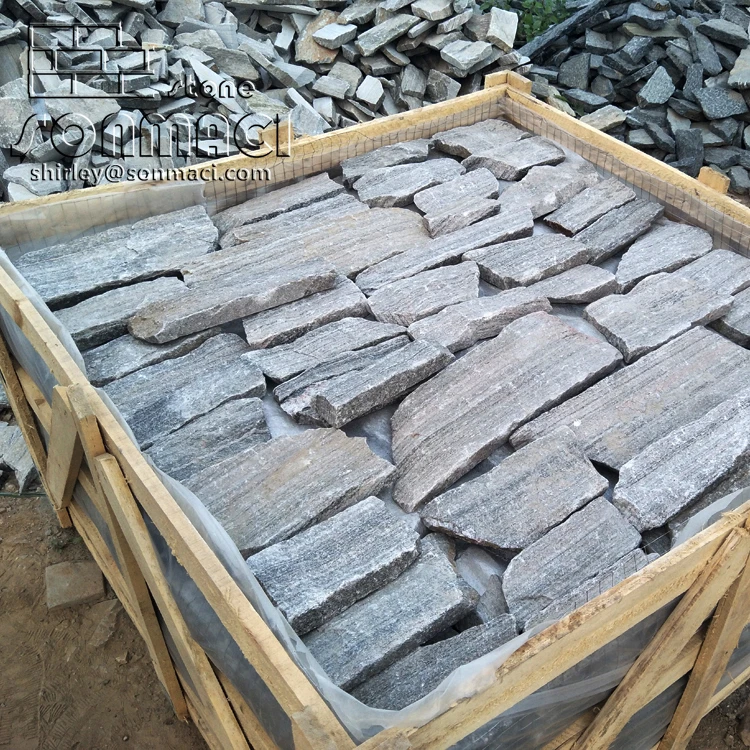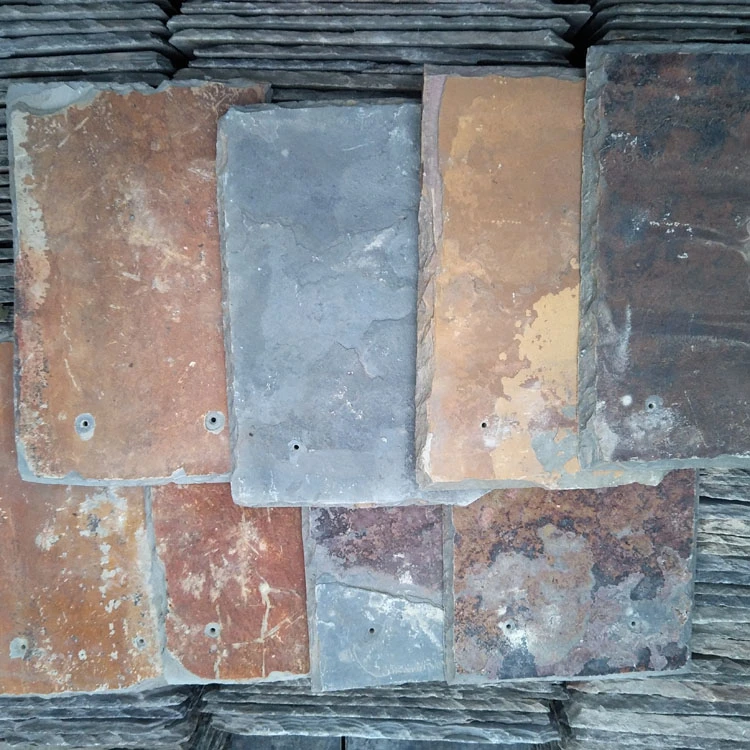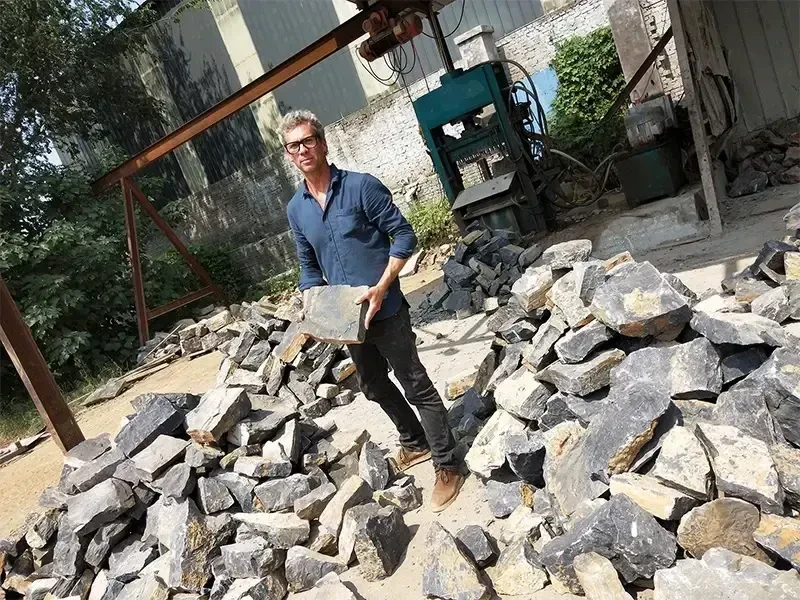Decorative Yellow Slate Stacked Stone Pillar
| Item | Decorative Yellow Slate Stacked Stone Pillar |
| Material | slate / marble and other stone |
| Color | white /green/black/Rusty and more available |
| Surface Finish | Natural. |
| Regular Size | 45*45*30cm |
| Feature | Riched veins, solid texture and bright colors, low water absorption,Resist acid,light,fire and coldness. |
| Usage | For home and garden decoration. |
| Quality Assurance | Our factory deal with Slate Stone products for over 13 years, with rich experience to control best quality. |
| Packing | 12pcs/crate 32crates/20GP 384PCS/20GP |
| Loading Port | TIANJIN |
| Payment Item | 30% T/T in advance and 70% balance at once against the copy of B/L |
| Delivery Time | 15 days for one 20 FCL after receive the deposit |
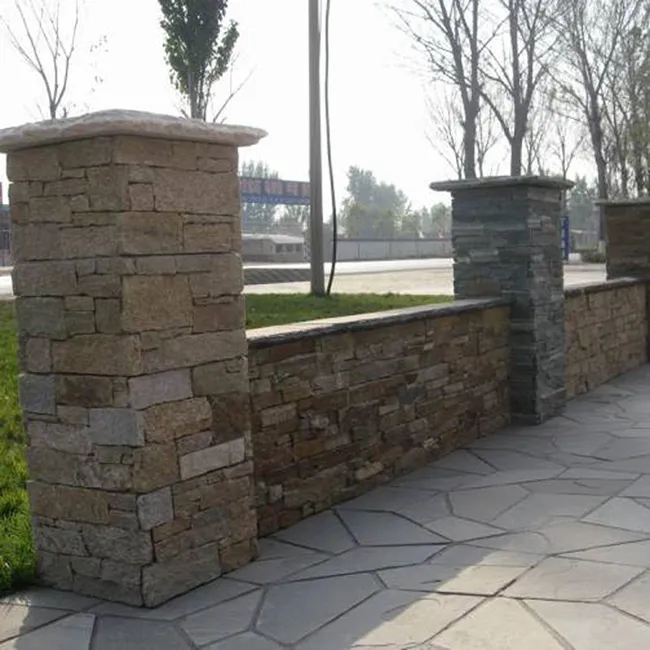
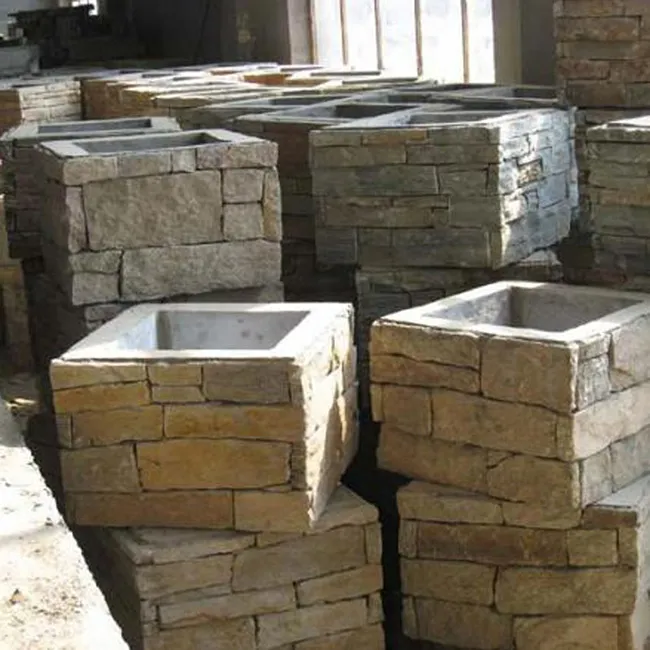
The Art and Engineering of Stacked Stone Pillar Dimensions
The size of a stacked stone pillar represents far more than mere measurements—it embodies a careful negotiation between structural physics, aesthetic proportion, and spatial storytelling. These architectural elements, composed of carefully balanced stone units, derive their impact from dimensional relationships that honor both engineering principles and design intent. A well-proportioned stacked stone pillar achieves that rare architectural alchemy where mass appears simultaneously substantial and graceful, where the rough texture of natural stone meets the precision of thoughtful composition.
Structural considerations fundamentally influence stacked stone pillar dimensions. The relationship between height and base width follows time-tested principles of load distribution—taller pillars require more substantial footprints to maintain stability, while shorter versions can afford slimmer profiles. However, the unique nature of stacked stone introduces fascinating variables. Unlike monolithic columns, stacked pillars gain strength from the interlocking friction between units and the quality of their binding mortar. This allows for slightly more adventurous proportions than solid stone might permit, with skilled masons able to create surprisingly slender towers that appear to defy gravity through careful stone selection and placement. The individual stone dimensions themselves play a crucial role—thicker units create more massive-looking pillars even at modest diameters, while thinner stones allow for finer detailing and more vertical emphasis.
The human scale remains paramount in determining successful pillar dimensions. Stacked stone pillars frequently serve as wayfinding elements or spatial definers, roles that require intuitive understanding of their physical presence. Diameters that allow comfortable armspan estimation create subconscious comfort, while heights that relate to nearby architectural features (window headers, eaves lines) foster visual harmony. The stacked stone's inherent texture adds another layer of dimensional perception—rough surfaces make pillars appear more substantial than their actual measurements, while tightly fitted units can create illusions of greater height. This interplay between actual size and perceived dimension allows designers to manipulate spatial experiences through thoughtful pillar proportioning.
Material characteristics further influence ideal sizing for stacked stone pillars. The type of stone selected affects both practical and visual dimensions—denser granites permit slimmer profiles than softer sandstones, while irregular fieldstone constructions require more generous sizing to accommodate natural shapes. The stacking pattern itself introduces dimensional considerations: random ashlar arrangements need greater overall mass to maintain structural integrity compared to uniform coursing, while dry-stack constructions (relying solely on gravity and friction) demand more conservative proportions than mortared alternatives. These material-driven sizing nuances ensure each stacked stone pillar achieves both its aesthetic potential and engineering requirements.
Modern innovations have expanded possibilities in stacked stone pillar dimensions while respecting traditional wisdom. Engineered stone systems now allow for taller, slender pillars through hidden structural cores, while advanced mortar formulations enable more adventurous cantilevers and overhangs within stacked compositions.
The context of surrounding architecture and landscape ultimately determines ideal stacked stone pillar dimensions. A pillar that would appear appropriately substantial in a rustic garden setting might seem clumsy flanking a contemporary entrance, while sleek urban proportions could look insubstantial in rural surroundings. The best designs consider viewing distances—pillars meant to be appreciated from afar can handle more robust sizing, while those in intimate spaces often benefit from refined scaling. This contextual sensitivity transforms stacked stone pillars from generic structural elements into bespoke features that feel inherently connected to their specific place and purpose.
